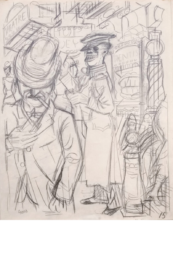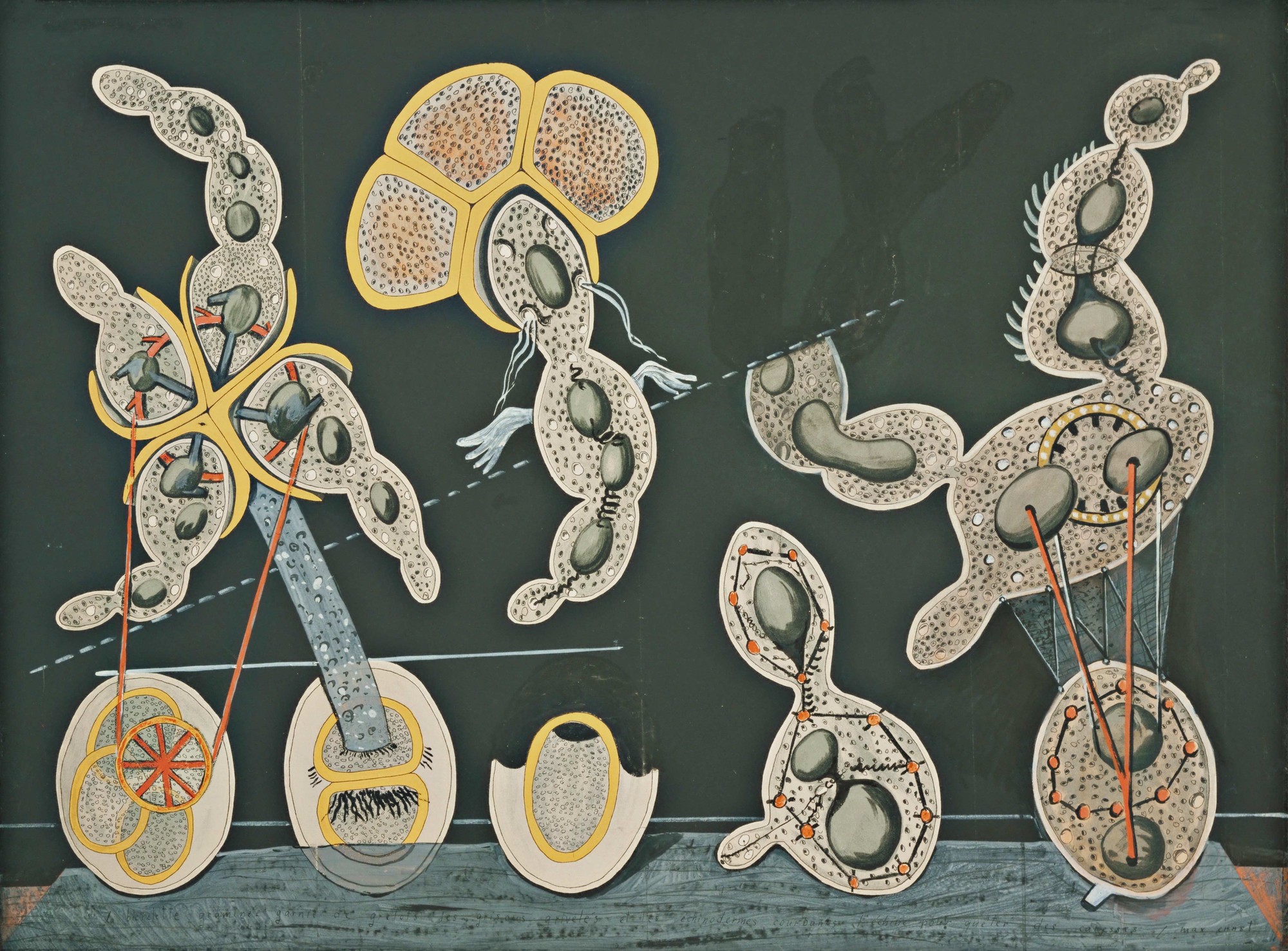


Dada was a literary and artistic movement which started life in Zürich, Switzerland. It came about as a reaction to the First World War, and the nationalism that many believed had led to it.
Influenced by other popular movements including Expressionism, Constructivism, Cubism and Futurism, the mediums of Dadaism were incredibly diverse, ranging from sculpture and performance art to poetry, painting, photography and collage. Aesthetically notable for its mockery of materialistic and populist attitudes, Dadaism turned out to be a powerful influence on artists in many cities, including Paris, New York, Hanover, Berlin and Cologne, all of which formed into their own groups. The movement later faded out with the rise of Surrealism, but it proved to be a key forerunner for various categories of contemporary and modern art.
Dada was the first conceptual art movement where the artist was not intent on crafting objects which were aesthetically pleasing. Instead, artists were aiming to create works that often turned bourgeois sensibilities on end and that generated uncomfortable questions about society, the purpose of art and the role of artists.
Artists like Max Ernst, May Ray and Marcel Duchamp were intent on bringing a feeling of chance and chaos into the creation of works of art. This particularly went against the conventions of traditional art production up until that point which was meticulously planned and completed. It provided a way for Dadaist artists to challenge these excepted artistic norms and to pose searching questions about the artistic process.
Dada artists are especially famous for their use of every day common objects which they had readily at hand. These required very little manipulation or input by the artist and often included items such as kitchenware, household accessories and furniture. The use of these objects served to question artistic creativity and the very definition of what art really is as well as its purpose in society.